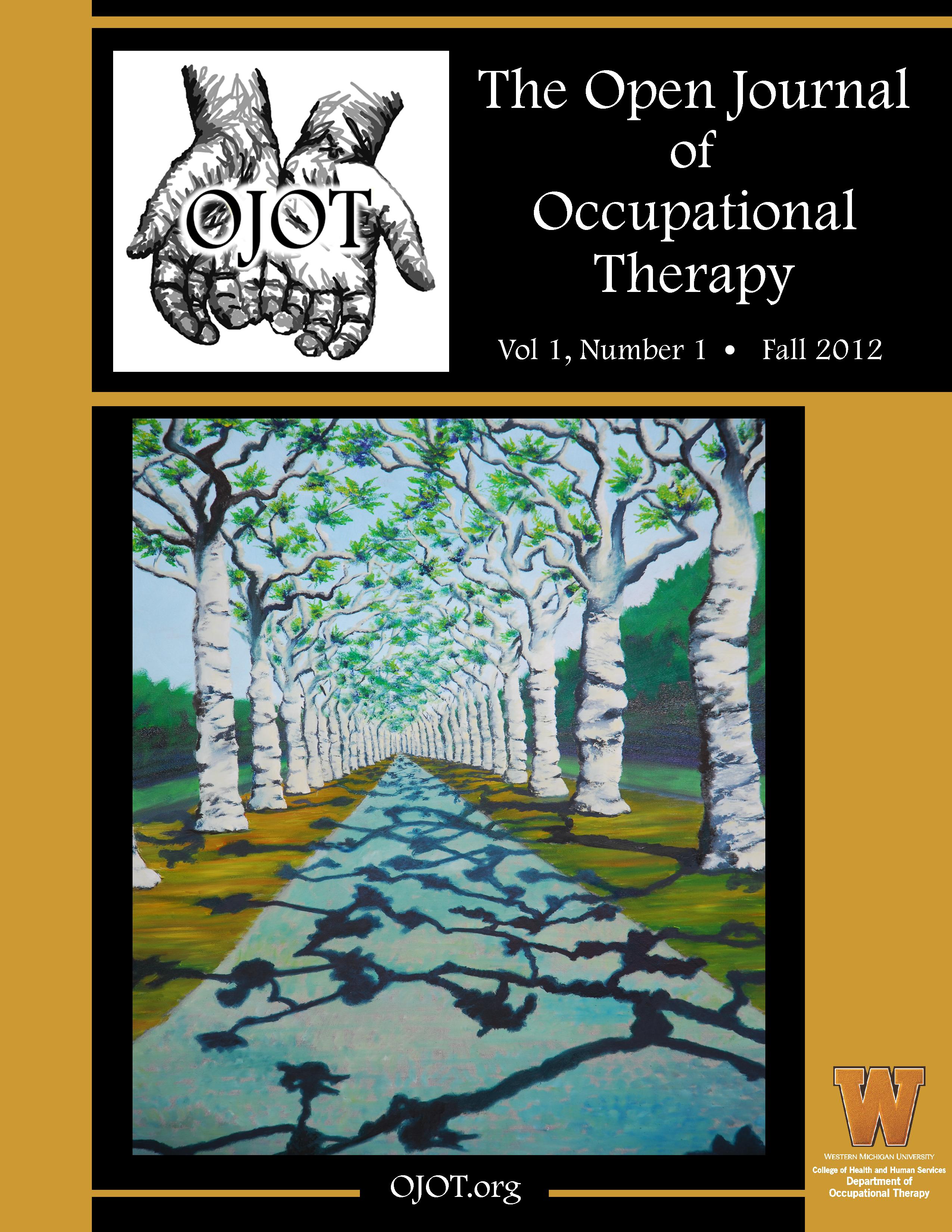ScholarWorks > HHS > OT > OJOT > Vol. 8 > Iss. 4 (2020)
Credentials Display
Koob Moua, OTD, OTR/L
Abstract
This paper provides a set of guidelines for occupational therapists practicing “patient activation” and “patient engagement” approaches in the acute care hospital setting. Patient activation and engagement (PAE) has gained attention in the health care setting as the new effective intervention. Occupational therapists create client-centered goals and treatment plans in alignment with PAE approaches in the health care system but barriers continue to exist in practice settings that prevent appropriate implementation of such techniques. This paper presents evidence that an occupational therapist’s role should not be limited to the assessment of a client’s independence with activities of daily living in acute care hospital settings but should also involve being an active leader for the implementation for PAE interventions. As PAE interventions become widely implemented and create more role opportunities in acute care hospitals, the future of occupational therapy’s role cannot be simply left behind on the assessment of activities of daily living. The objectives of this paper are to introduce (a) assessments that measure both patient activation and patient engagement, (b) literature supporting the relationship between patient activation and patient health behaviors, and (c) clinical variables associated with a patient’s engagement levels.
Recommended Citation
Moua, K. (2020). Patient Activation and Engagement (PAE): Guidelines for Acute Care Occupational Therapy Practice. The Open Journal of Occupational Therapy, 8(4), 1-11. https://doi.org/10.15453/2168-6408.1716



Comments
The authors report no potential conflicts of interest.